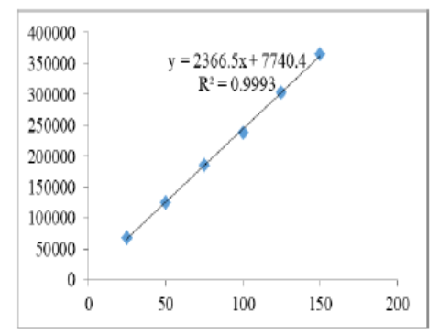


Journal of Pharmaceutical Research
DOI: 10.18579/jopcr/v22.3.23.6
Year: 2023, Volume: 22, Issue: 3, Pages: 142-151
Original Article
Mahmud Halima Sa’adiya1,2,*, Rukayat Avosuahi Oyi2, Yakubu KoKori E Ibrahim2
1Laboratory of Pharmaceutical Technology, Ghent University, Ghent, Belgium
2Department of Pharmaceutics and Industrial Pharmacy, Ahmadu Bello University, Zaria, Nigeria
*Corresponding Author
Email: [email protected]
[email protected]
The study was aimed to assess the effect of drying methods on physicochemical properties of Khaya senegalensis gum. Gum exudates obtained from the bark of Khaya senegalensis plant was extracted and subjected to freeze drying and vacuum oven drying. Gel permeation chromatography, Elemental analysis, attenuated total reflectance Fourier transforms Infra red spectroscopy were used to characterize the gum. The effect of drying methods on the gum samples were assessed based on Differential scanning calorimetry, Scanning electron microscopy, Dynamic vapour sorption, particle size analysis via laser diffraction techniques, colour and density measurements. An average molecular weight of 60 KDa expressed as the Dextran equivalent and a polydispersity of 2.17 with a retention time of 18,485 min was recorded for the vacuum dried gum. The vacuum dried gum occurred as irregular discreet coarse particles, containing both amorphous and crystalline portions due to a glass transition of 65◦ and melting temperature of 182.35◦C. It also displayed excellent flow and compressibility properties whereas the freeze-dried gum appeared flaky, porous with large surface area. The mechanism of water sorption was found to be initial surface adsorption and subsequently bulk absorption for both freeze dried and vacuum dried gum samples. The coarseness, water sorption and retention ability of the vacuum dried gum provides a potential for its use as a disintegrant in solid dosage formulations whereas the freeze-dried gum will be suitable for use as a binding agent due to its smaller particle sizes that enhanced solubility. Furthermore, the presence of nitrogen in Khaya senegalensis gum structure explains its partial solubility and the azo aromatic group suggests biodegradability and candidature for drug delivery to the colon.
Keywords: Khaya senegalensis Gum; Average Molecular Weight; Amorphous; Crystalline; Direct Compression Excipient; Disintegrant 2 Freeze and vacuum dried Khaya senegalensis gum characterization
© 2023 Published by Krupanidhi College of Pharmacy. This is an open-access article under the CC BY-NC-ND license (https://creativecommons.org/licenses/by-nc-nd/4.0/)
Subscribe now for latest articles and news.